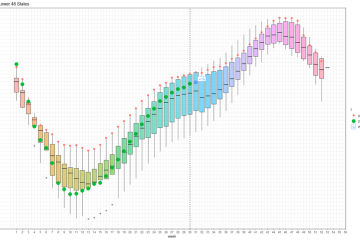Serbia vs Albania: Analyzing the Current Tensions

Introduction
The tensions between Serbia and Albania have garnered significant attention in recent months, reflecting deeper issues of national identity, territorial disputes, and historical grievances. The continued disputes between these two nations not only affect regional stability in the Balkans but also have broader implications for European security and diplomacy. As both countries navigate their complex relationship, understanding the latest developments and their roots is essential for grasping the current geopolitical landscape.
Historical Context
The relationship between Serbia and Albania has been fraught with tension for decades. Key flashpoints include the Kosovo War in the late 1990s and ongoing disputes regarding the status of Kosovo, which declared independence from Serbia in 2008. While over 100 countries recognize Kosovo’s independence, Serbia continues to view it as part of its sovereign territory, leading to ongoing diplomatic conflicts.
Recent Events
In recent months, tensions have escalated between the two nations, marked by incidents of violence, political rhetoric, and increased military activity along their shared border. In September 2023, a spate of provocative statements from both Serbian and Albanian officials raised alarm bells in the region. The Serbian government accused Albania of fostering separatist sentiments among Kosovo Albanians, while Albania criticized Serbia for alleged military provocations.
Furthermore, border clashes and community tensions have become more frequent. Analysts note that such incidents could be influenced by broader geopolitical currents, including the influence of larger powers in the region. The United States and the European Union have both emphasized the importance of dialogue and cooperation to prevent any further escalation.
Implications and Significance
The ongoing tensions between Serbia and Albania serve as a reminder of the fragile nature of peace in the Balkans. The region has a complex tapestry of ethnic groups and historical grievances that can easily ignite conflicts. The potential for violence underscores the need for continued diplomatic efforts and international mediation to ensure stability. As both nations aim to integrate more closely into European Union structures, addressing these issues will be critical to their progress.
Conclusion
The conflict between Serbia and Albania is not just a bilateral issue but a reflection of the historical and cultural complexities in the Balkans. As both nations face pressure from internal and external actors, international observers remain hopeful that sustained diplomatic talks can de-escalate tensions. The future of Serbia and Albania hinges on their ability to resolve their differences peacefully while navigating the broader political landscape of Europe.









